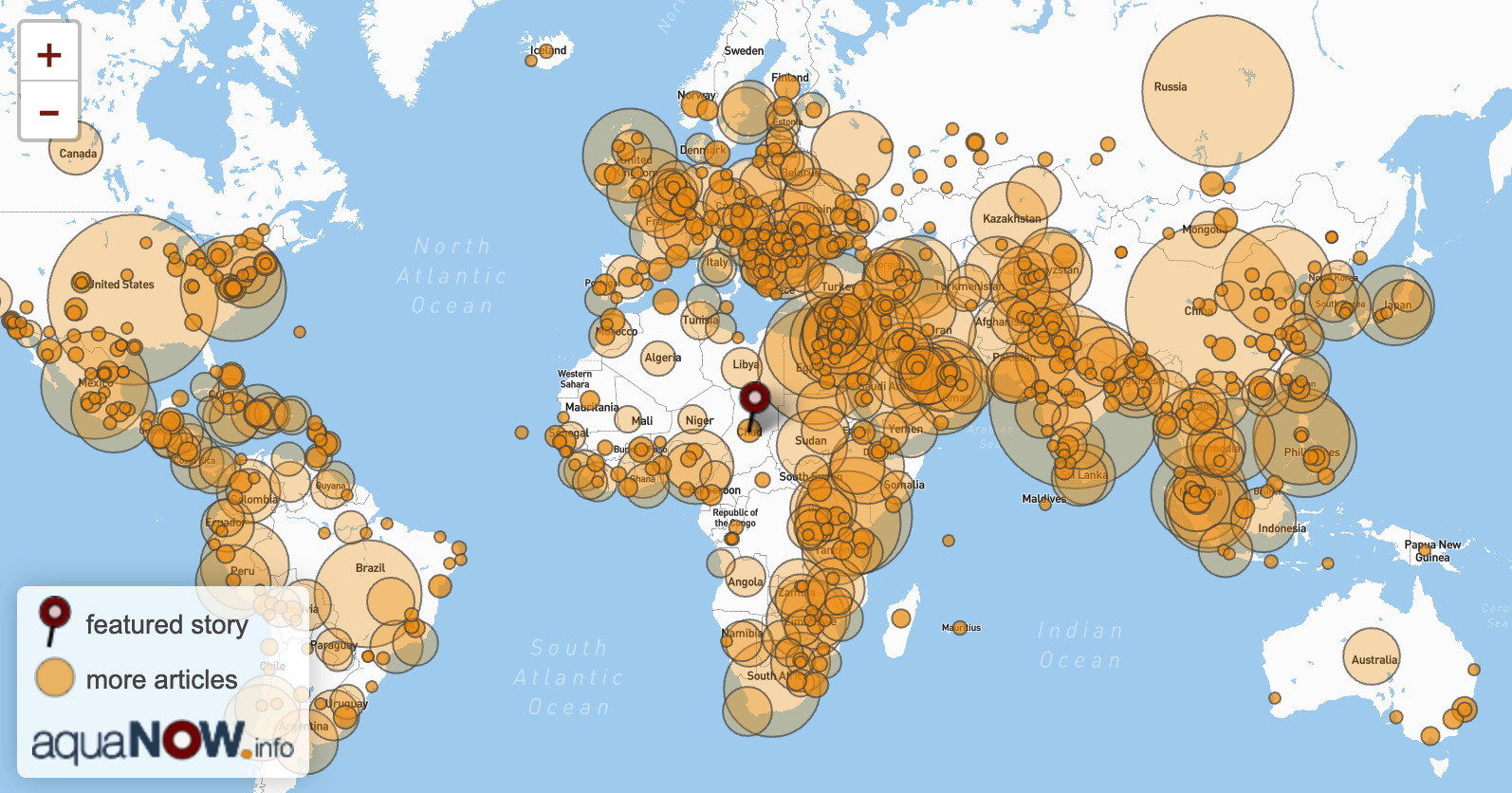
by OOSKAnews Correspondent N'DJAMENA, CHAD
Continuation of heavy rainfall in Chad has led to flash flooding and the displacement of an estimated 11.500 people living in N’Djamena in the past two weeks where rising water levels have caused the Chari River to burst an embankment in N’Djamena, causing catastrophic damage.
Chad authorities are cooperating with International Organisation for Migration (IOM) to provide shelters, water supply, non-food items, and portable lighting. This is the second round of severe flooding since August, when more than 100 households were displaced and subsequently supported by IOM. The agency is calling for additional funding to support construction of temporary shelters and to meet the needs of this population with food, sanitation and health care at the displacement centres.
“It is now urgent that we scale up efforts to quickly provide suitable shelter and emergency response support to the disaster victims as there is concern for COVID spread in tight living spaces as well as risk of water-borne diseases that are endemic in the region,” said Anne Schaefer, IOM Chad Chief of Mission.
As of 11 November, there have been 1,578 reported cases of COVID-19 in Chad, and 100 deaths in 17 provinces.
The flooding at this time of year is not uncommon but the flow of the Chari and the Logone rivers through the Central African Republic, Cameroon and Chad, has been excessive in the rainy season of 2020. Further upstream an estimated 390,000 people are currently displaced as a consequence of flooding caused by climate change and insecurity from attacks by Boko Haram and other non-state armed groups.
Embankments and dikes built around the river to avert potential catastrophes have mostly worked. However, very heavy rains can cause the river to overflow into surrounding areas, causing considerable human and material damage.
“A comprehensive response is needed to profile the people most affected and vulnerable to flooding, and to strengthen emergency preparedness and disaster risk reduction and management in flood-prone areas including support to Government authorities in planning, early warning and rapid response to floods and other catastrophes,” says IOM’s Schaefer.